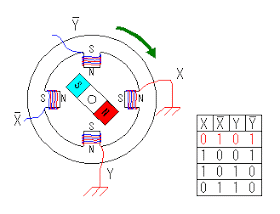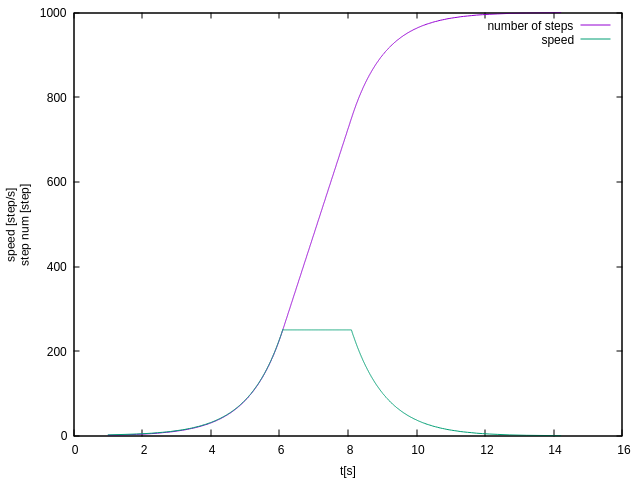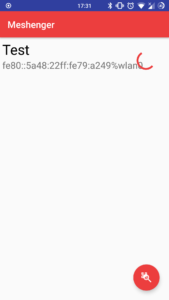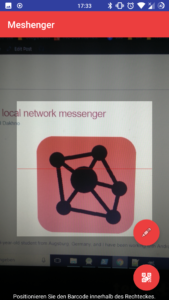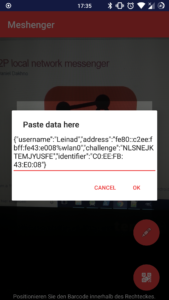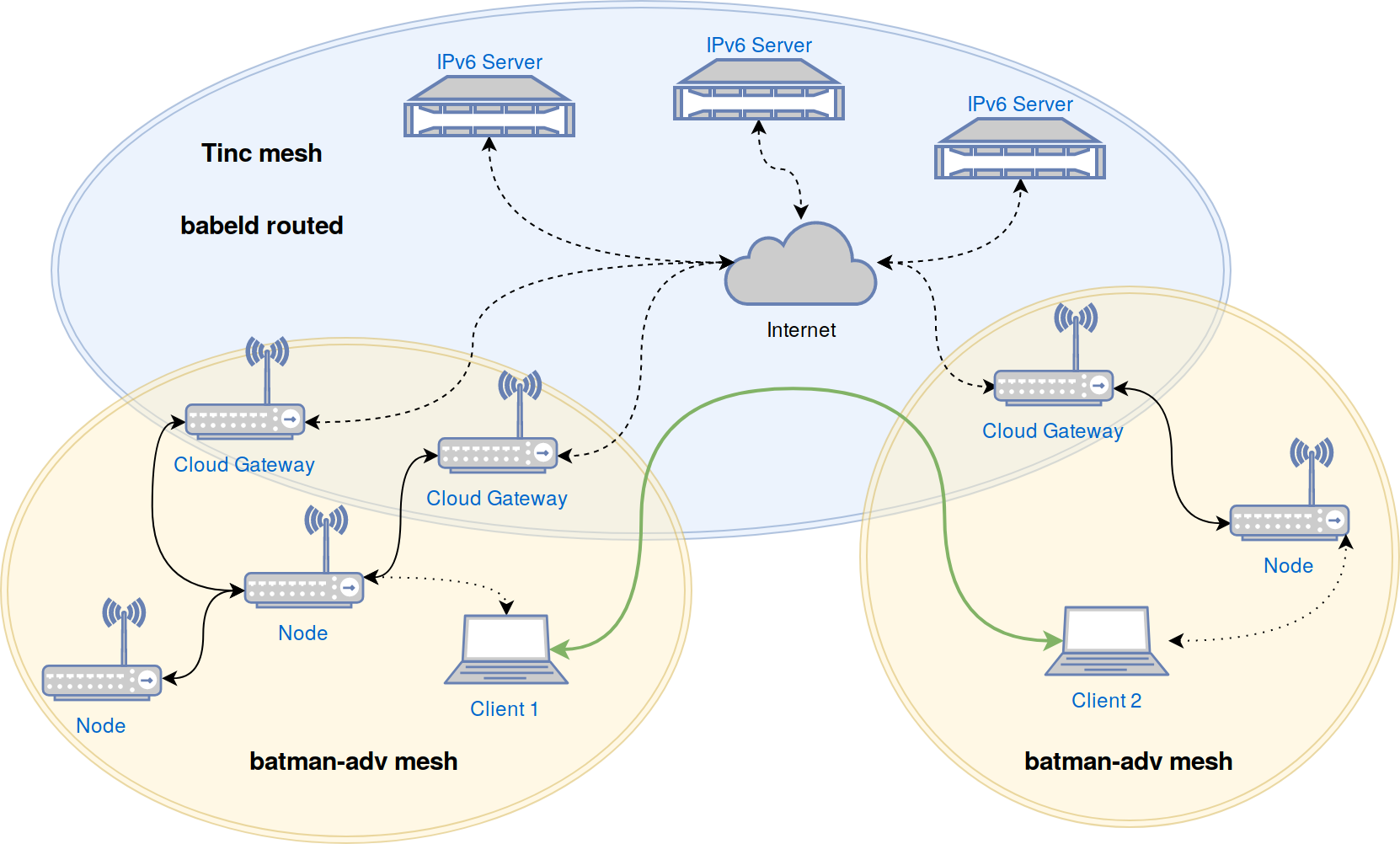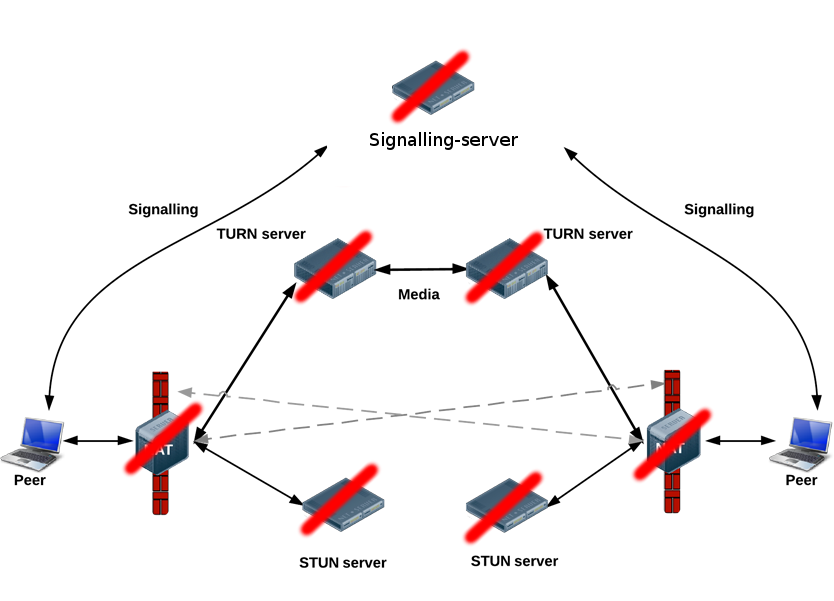Hi,
As I mentioned in the last blog post [0], the first step I did is defining the app’s functionalities[1] and designing the app architecture.
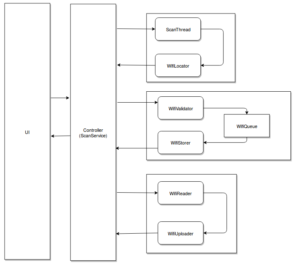
Basically the app contains 1 service, which runs in the background and communicates with UI thread per broadcast (public-subscriber pattern). Since as default, the service will run in the main thread, which is not wanted, I created a ScanThread to handle the scanning. It sends every 2s as default (and should be adapted with user’s speed etc. later) a scan request to the WifiLocator and gets a scan result back from it asynchronous. The WifiValidator then validates the scan result as well as the returned location, and puts the valid wifi access point in a WifiQueue. The WifiStorer will take anything from the WifiQueue and writes it to local disk (simple Consumer-Producer pattern). Based on the user’s upload mode setting, the WifiReader will be triggered if uploading is wanted, reads the local disk files in wanted format for uploading and passes it to the WifiUploader. It then uploads the data to any supported project api and as soon as the uploading is successful, the data will be deleted and ranking will be updated.
The next step I did is designing the new UI, got some feedback from mentor and changed it appropriately. Also in the process I defined all the user’s setting options. I spent a lot of time reading the android documentation for parallel processing and made decision for each functionalities, which is relevant for the next part. (WifiStorer, WifiReader: normal Thread, WifiUploader: AsynTaskLoader etc.) I write more about it in the next post.
Finally I jumped into implementing. I started with the demo mockup and then slowly implemented the logic part. I have finished the scan service and a part of the WifiValidator.The WifiLocator uses gps for defining location if available, otherwise it makes a request to openwifi.su with the surrounding wifis. I provided methods to do it with both new and old openwifi.su api in case we want to use any of them in the future. I ran into an android bug, where the wifi scan result is always 0 if the user disables GPS, even the location permission is granted.(Tested on Android 6). It is kind of weird because scanning wifi does not have anything to do with the gps and turning on gps the whole time will cost phone a lot of energy. Still it’s kind of wanted feature from Android to make users aware that their location information is being accessed when they use kind of app. Because the location of user’s phone could be defined based on the collected wifis. Since it is OS design, I pop up users a message with those information to ask them to turn on their GPS if they turn it off. I also implemented a part of WifiValidator, the WifiFilterer to check if an access point is openwifi, from freifunk or mobil hotspot or marked with _nomap (which should not be collected).
What’s now?
If you want to check the app, feel free to download install file .apk from [2].
If you as usual do not want to install an unknown source, I also provide a short demo video
What’s next?
In the next time, I will finish the WifiValidator, which should not only filter the access point but also validate the location to provide scan service a better scan period to save energy (in case the location is not changed for a long time, the scan service should be stopped etc.) and then other parts as shown in architecture image above.
Links
[0] https://blog.freifunk.net/2018/05/14/introduction-openwlanmap-app/
[1] https://github.com/openwifi-su/OpenWLANMap-App
[2] https://androidsmyadventure.wordpress.com/2018/06/03/openwlanmap/
